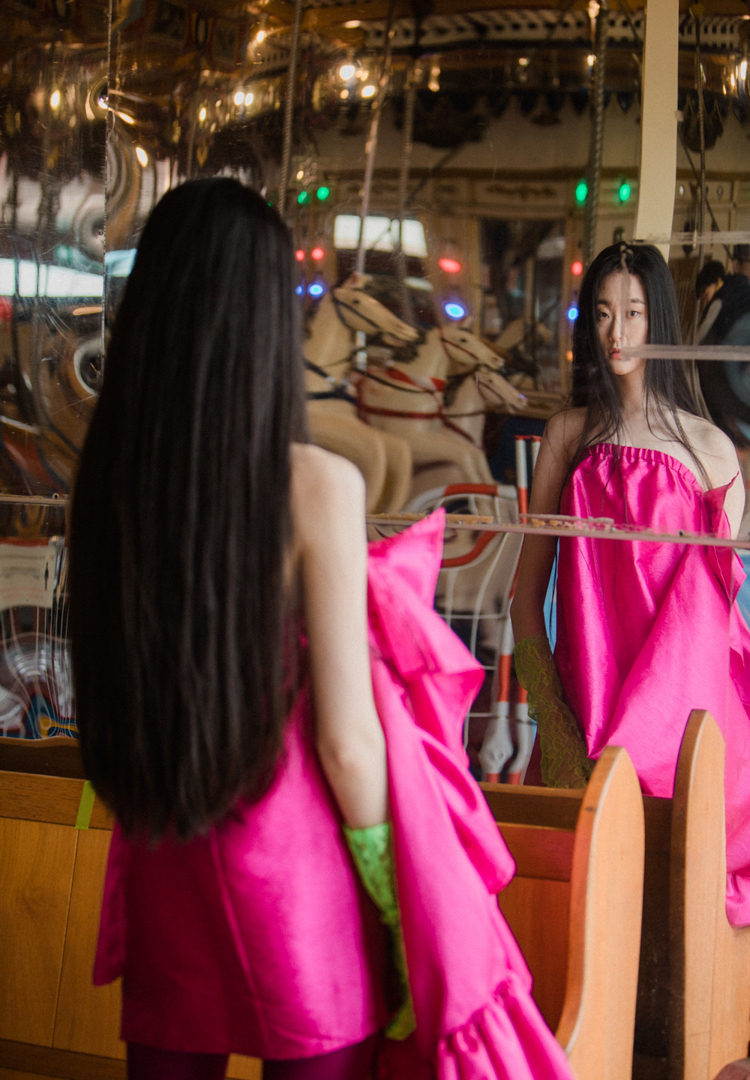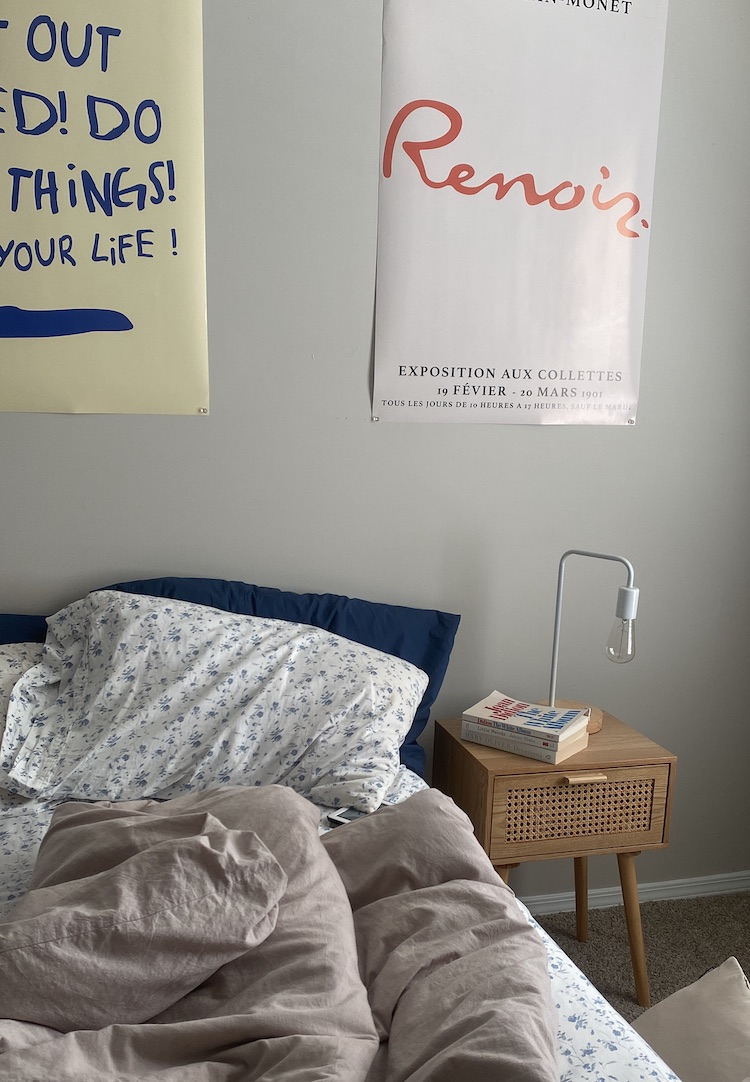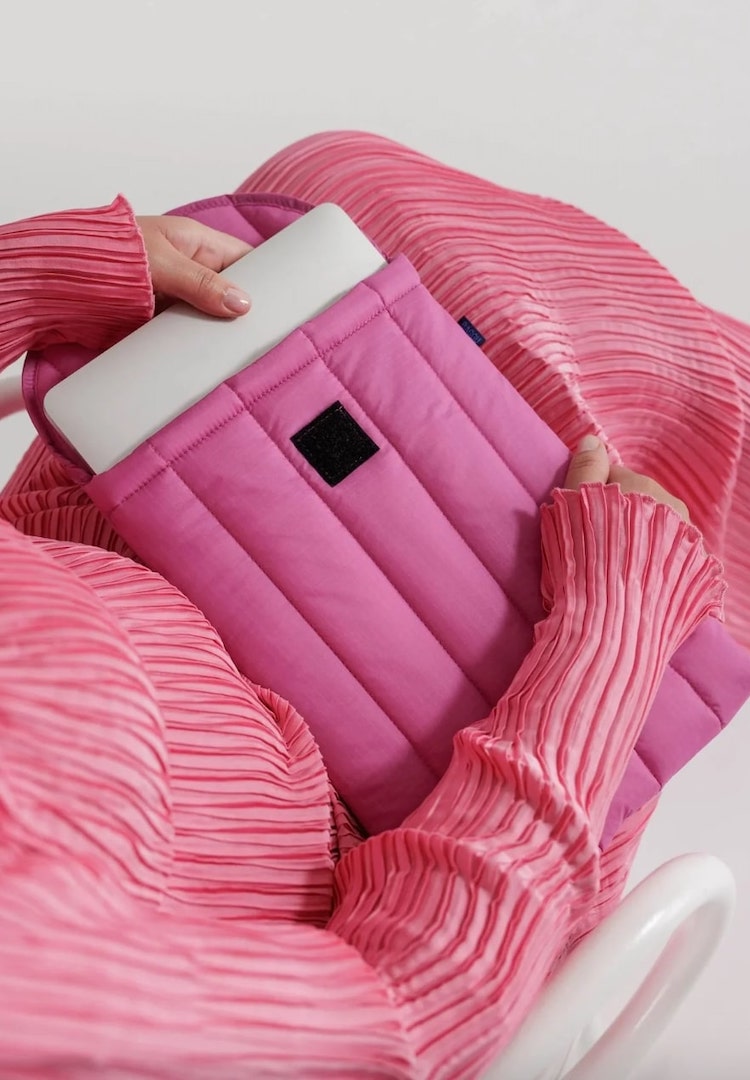Why calling ourselves ‘low maintenance’ or ‘high maintenance’ is setting us back
PHOTOGRAPHY BY CLAUDIA FISCHER
WORDS BY Shaeden Berry
“The world loves a low maintenance chill girl until she’s actually a low maintenance chill girl.”
The effortlessly low key clean girl look, goblin mode and the messy, party girl aesthetic. Lately, these are the trends that are gaining traction on platforms like TikTok and spreading across our newsfeeds. So what do they all have in common?
As different as they are, they each emit an “I don’t care” and “I didn’t even try” energy. The woman who embodies these trends is a chill girl – she’s laidback and she’s free from the encumbrance of caring about her appearance. She’s cool, seemingly without even trying. She’s ‘low maintenance’.
For more content like this, browse through our Life section.
Low maintenance and high maintenance seem like such innocuous terms. In the literal sense, they apply to something that requires little effort and something that requires a lot of effort respectively. And let’s be real, when we look at them together, one of them seems like the very clear winner.
Many of us would have Googled, ‘low maintenance pets’, ‘easy to care for plants’ or ‘two-ingredient dinners’. We want things, yes, but in the rapid-fire, time-poor society we find ourselves in, we want them with minimal effort.
We don’t want them to consume much of our time, space or money. We want things to be easy. And that’s fine – until we think about how we apply these terms to women.
Low maintenance masks itself as a term that serves women. ‘Low maintenance hairstyles’ – yes, of course, I’m looking for easily achievable hairdos. ‘Low maintenance looks’ – I absolutely want a quick, simple makeup tutorial when I am, as ever, running ten minutes late for work.
The term is applied to things that are supposed to make women’s lives easier and give us time to relax and chill out. It tells us it’s okay to wear trackpants outside the house, schlep our hair into a messy bun and not wear makeup. It gives us a pass; we can do hard things, but just not right now.
But let us also not forget that the ‘low maintenance’ woman is nothing more than a carefully curated presentation of this ideal. The world loves a low maintenance chill girl until she’s actually a low maintenance chill girl and we’re telling her to shave her armpits and her legs and secretly thinking ‘Good god, why did she let herself go so much?’.
High maintenance, however, is the antithesis of the cool girl. What images does the term ‘high maintenance woman’ bring to mind? Does she demand attention all the time? Is she perfectly coiffed, dressed to the nines? Does she wear makeup just to go to the shops? Is she exhausting, because she’s just so needy and requires so much upkeep? Is she just too damn much?
Men, good old teen magazines used to tell me, don’t want a high maintenance woman. As a matter of fact, those magazines didn’t need to tell me that; it was a lesson fast learnt when I entered the world of online dating in my twenties.
“Want someone who’s laidback”, “a chill person”, “no drama”, “no high maintenance women” – if I took a shot of liquor for every time I read that in a man’s Tinder bio, I’d have maybe been drunk enough to swipe yes on them.
What I return to, is how the literal meanings of ‘low maintenance’ and ‘high maintenance’ relate to effort, time and money. When society pushes the narrative that a low maintenance woman is better than a high maintenance woman, what it seems to me to be saying is ‘We don’t want to have to spend time, effort, or money on you’. Women need to not demand so much.
I spoke to Dr Lian Sinclair, who is a lecturer in Social Sciences and Arts at Murdoch University, and is currently teaching a gender studies unit. They agreed with my premise. “Your connection between high maintenance and ‘too much’ got me thinking about… intersectionality, where women of colour, queer women and trans women are even more frequently accused of being ‘too much’ and told to ‘tone it down’.”
They pointed out how the term basically “attempts to shame women of all types into conformity” and brought my attention to the broader implications; it can apply in romantic relationships, of course, but also “other settings like classrooms and workplaces”.
I’ve been slapped with the label of high maintenance many a time and each time it was used as a weapon designed to put me in my place. I’ve internalised this label before in the past, and have intentionally reeled myself back in. I’ve stayed quiet when I wanted to speak out.
I’ve even faked orgasms when I panicked that I was taking too long because yes, this idea of being high and low maintenance can even affect women in the bedroom. After all, it’s all about time and effort, and those are two things that some women require a lot of in order to orgasm.
“Perhaps we are all just more stressed with less time available to invest in caring relationships,” Dr Sinclair mused. “Perhaps when… the cost of living is exponentially increasing, while wages and allowances stagnate, and the gender pay gap is hovering around 14 per cent in Australia, we are turning to intimate relationships – both platonic and romantic – for extra support.”
It’s an interesting point. Is low maintenance experiencing a resurgence because we, as a collective, are all struggling at the moment? Do we lack the time and energy to devote to other people, so consumed as we are with simply keeping ourselves afloat?
Regardless, there is a lot of power in words and language, which often goes unacknowledged. We throw terminology and labels around with abandon without fully comprehending their implications.
And sometimes, as is the case with low maintenance and high maintenance, we push the narrative that one is ideal, and one is bad. Whether we realise it or not, we are telling women that being loud and forthright and aware of what they do and don’t want is bad.
There’s a certain freedom to be found in aspects of a low maintenance life, sure, but not at the detriment to others and not at the detriment to ourselves. It’s neither good nor bad to be one or the other.
Hell, you can even be both depending on the day and how much sleep you’ve had (I know I am). My desire is for us to reclaim high maintenance with as much love as we have the term low maintenance.
For more on the expectations and pressure placed on women today, try this.










